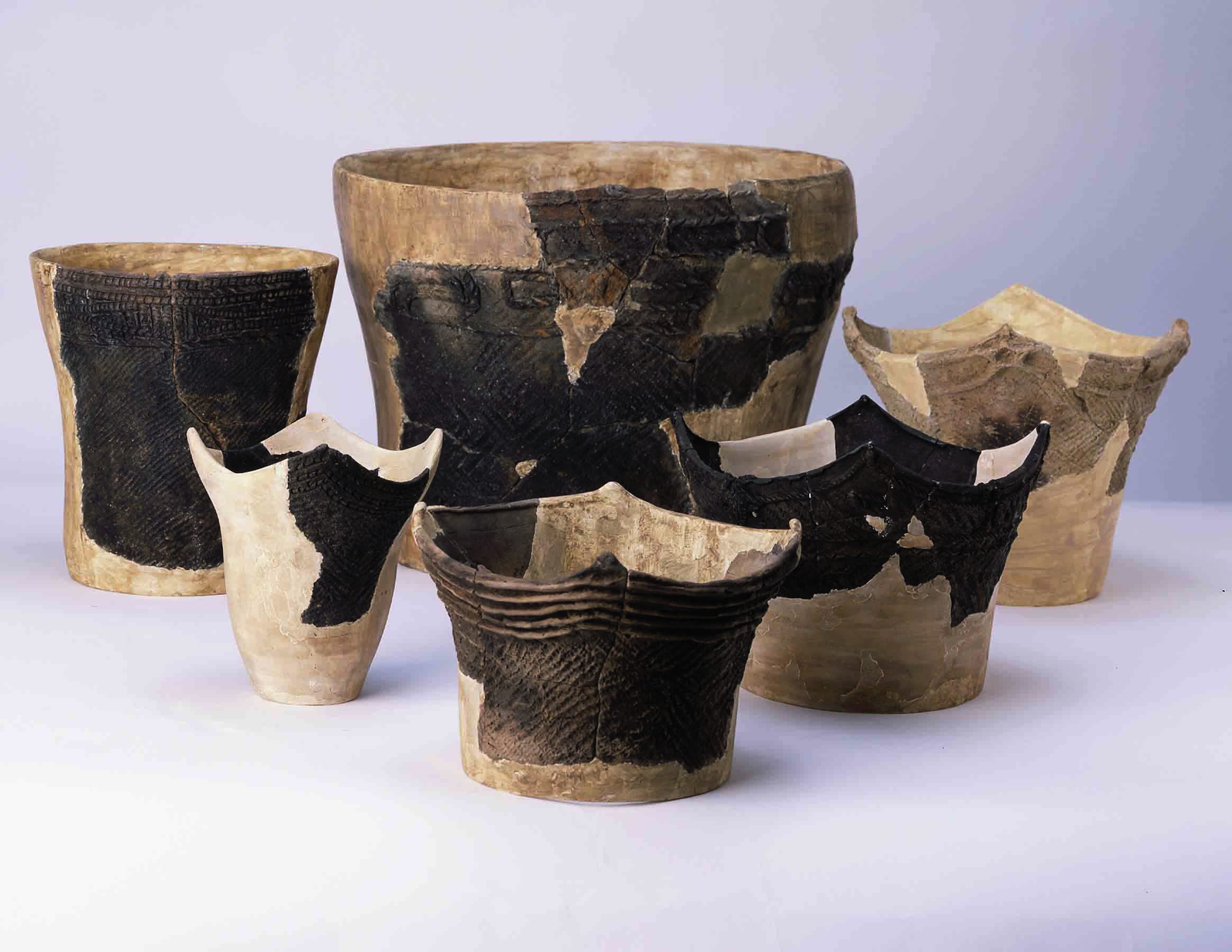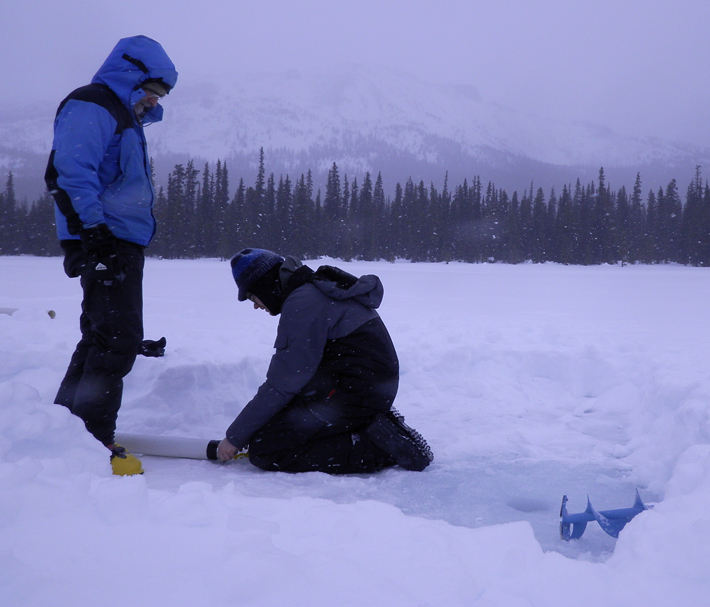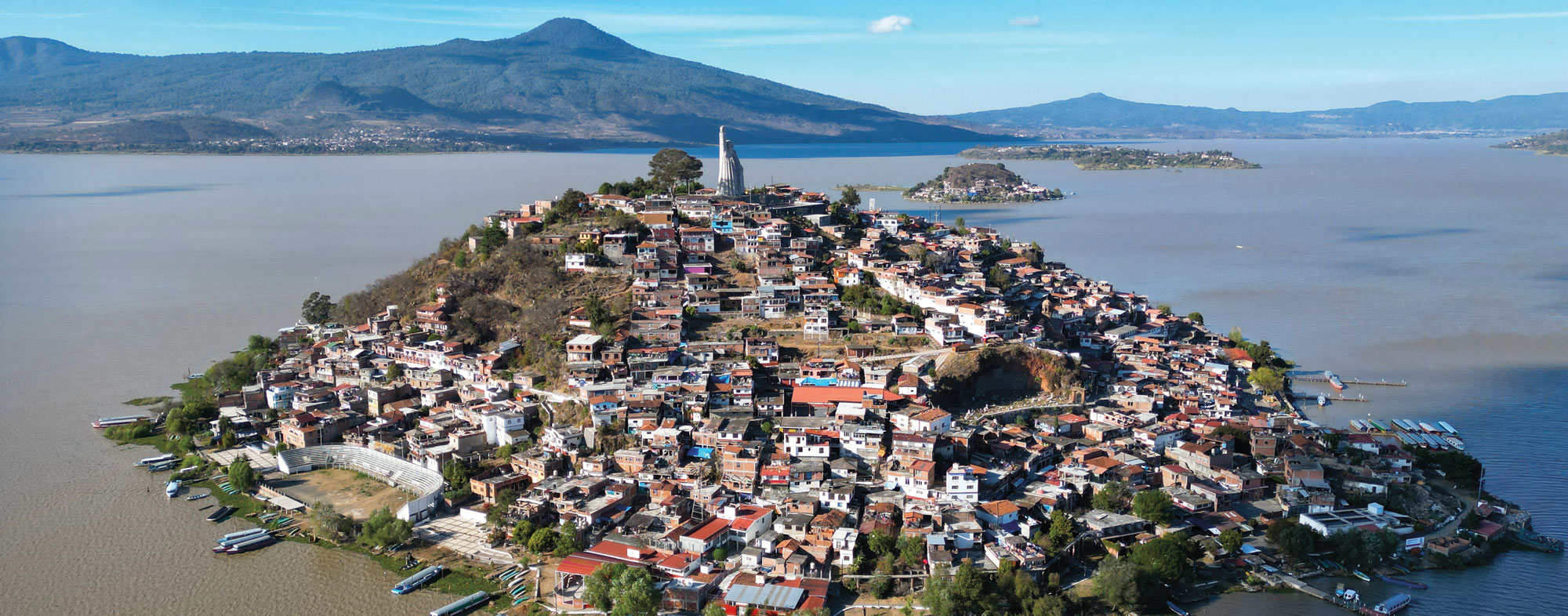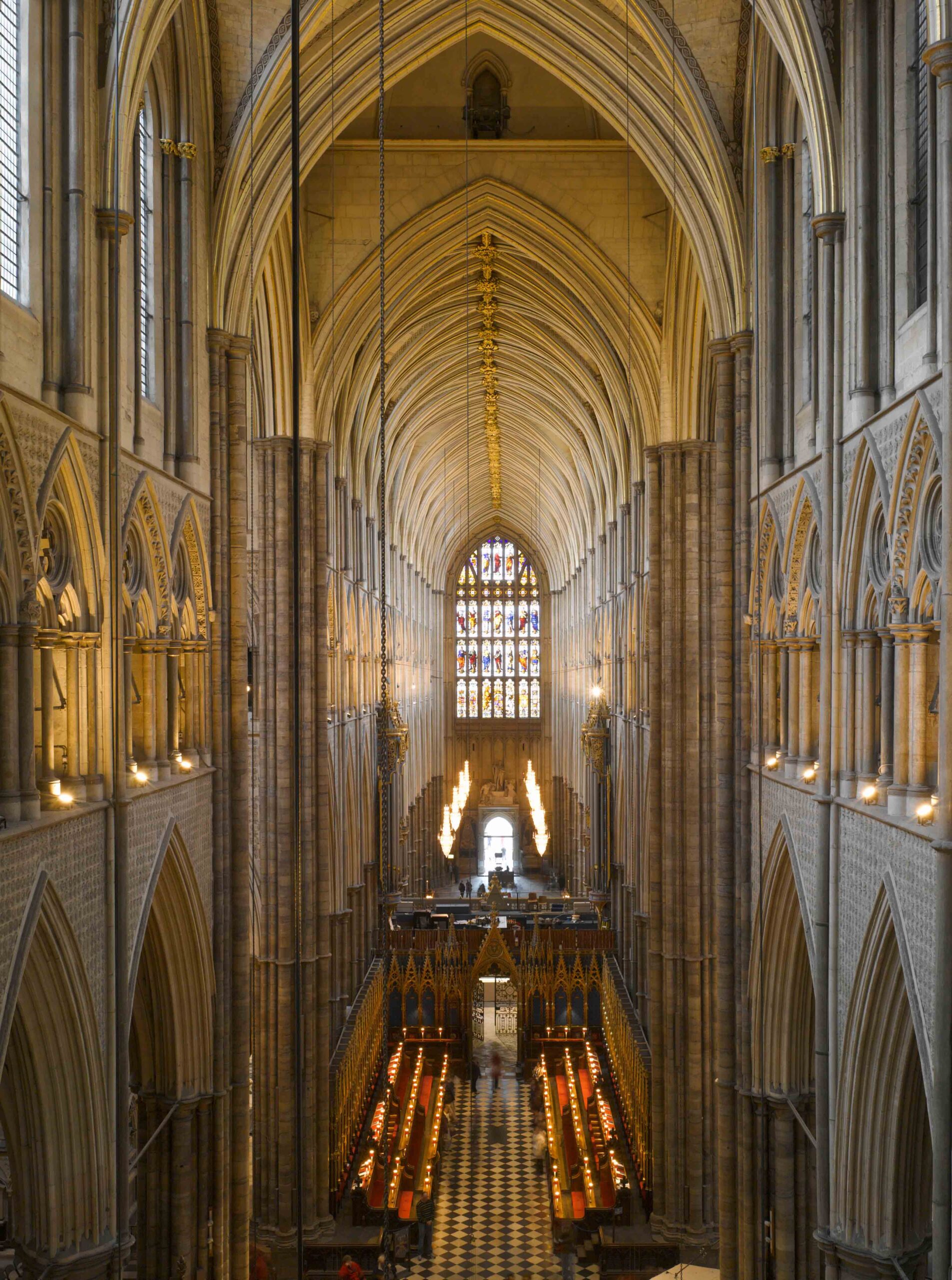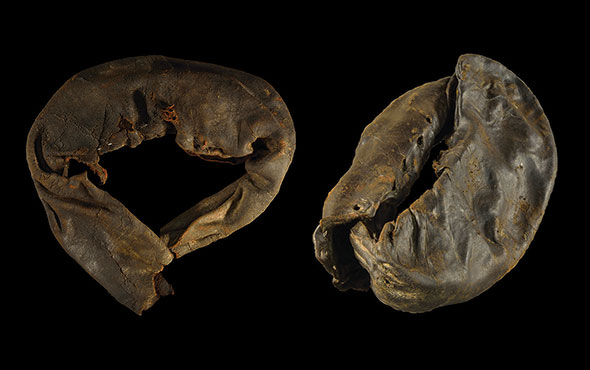
STONY BROOK, NEW YORK—The Independent reports that an international team of researchers has examined two sixth-century A.D. cemeteries, one located in Hungary, and one in northern Italy, in order to study the migration of the Longobards, also known as the Lombards, the so-called barbarians who invaded Italy after the collapse of the Western Roman Empire. Krishna Veeramah of Stony Brook University said that those who were buried with many grave goods, such as swords, shields, and jewelry, had a genetic ancestry similar to that found in modern northern and central Europeans. Those who were buried without extravagant grave goods had genomes resembling those of today’s southern Europeans. The different types of burials also suggest the Longobards established the same sort of kinship groups in Italy that they shared while living in Central Europe. Thus, the test results suggest the burials are consistent with the barbarian invasions described by the Romans. The scientists hope to examine additional medieval cemeteries to gain a better understanding of migration within Europe from the fourth through eighth centuries. To read about an unusual Lombard burial, go to “Late Antique TLC.”



